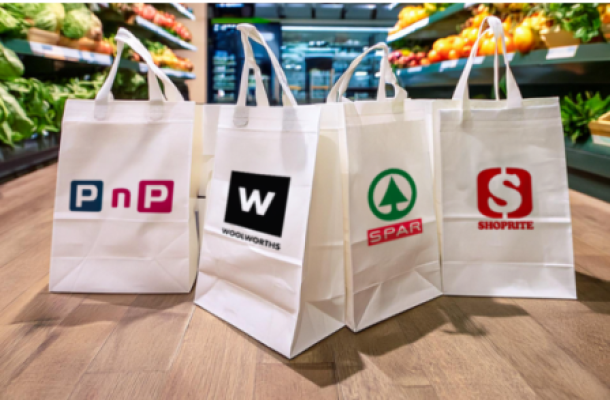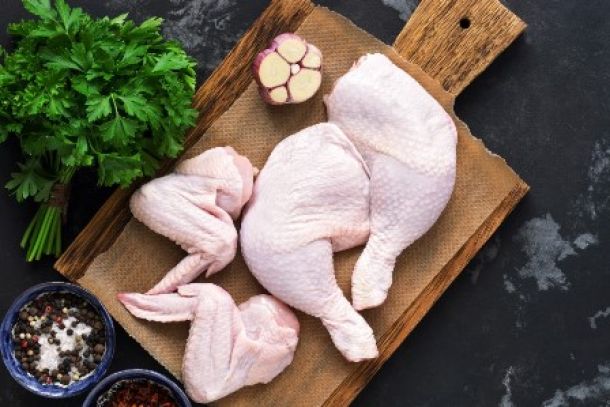IRI research confirms supermarkets are cutting ranges – but little evidence of major range rationalisation so far
Analysis by IRI indicates that the massive range reductions which UK supermarkets had been expected to make in 2015 have not yet manifested.
Data provided by IRI show that the average total number of individual products (or SKUs/stock-keeping units) cut by major retailers (including Asda, Tesco, Waitrose, Sainsbury’s and Morrisons) between January and July 2015 was 202 across food and drink categories (a reduction of 2.1% compared with the same period in 2014) and 56 across non-food categories (-0.9% down on 2014).
Martin Wood, Head of Strategic Insight – Retail, IRI UK, said: “So far we’re seeing little evidence of major range rationalisation across all multiples, though some categories have been hit hard. Certain retailers are cutting back more than others, but all are taking a considered, commercial approach to optimizing assortments – looking category by category, and determining the effect of losing a line on value and volume sales. This is enabling them to get their product mix right, without damaging customer loyalty.
“This is only the start, and we do expect deeper cuts to follow, so brands must look ahead and measure the likely impact of changes on their category. Even a small percentage change can equate to the de-listing of hundreds of SKUs: ambient food ranges have been reduced by a moderate 2.3%, but this equates to a loss of 120 lines.”
The top categories by percentage of lines removed were:
|
|
Category |
% of lines removed* |
|
1 |
Chilled food |
-5.6% |
|
2 |
OTC and health |
-3.6% |
|
3 |
Frozen food |
-3.2% |
|
4 |
Canned food |
-3.0% |
|
5 |
Household |
-2.9% |
|
6 |
Ambient food |
-2.3% |
|
7 |
Beers, wines and spirits |
-2.0% |
|
8 |
Dairy |
-1.8% |
|
9 |
Confectionery |
-1.0% |
*Average four-weekly reduction Jan-July 2015 v. Jan-July 2014
The top categories by absolute number of lines removed were:
|
|
Category |
Lines removed* |
|
1 |
Ambient food |
-120 |
|
2 |
Chilled food |
-81 |
|
3 |
Household products |
-39 |
|
4 |
OTC and health |
-25 |
|
5 |
Beers, wines and spirits |
-23 |
|
6 |
Frozen food |
-21 |
|
7 |
Dairy |
-19 |
|
8 |
Canned foods |
-17 |
|
9 |
Confectionery |
-6 |
*Average four-weekly reduction Jan-July 2015 v. Jan-July 2014
Retailers have actually increased the number of lines they are stocking in the personal care category, adding nine products on average between January and July 2015; an increase of 0.2%.
IRI said its Assortment Optimization solution presents retailers with the hard facts they need to identify SKUs which can be removed from their stores with minimum loss to the category. It provides accurate insight that enables the retailer to understand consumer preference and quantify the impact of de-listing products – resulting in a simplified offer that gives consumers exactly the products they need in a clutter-free environment, cuts costs and maximises return on investment.
News Category
- International retailers
- On the move
- Awards and achievements
- Legislation
- Wine and liquor
- Africa
- Going green
- Supplier news
- Research tools
- Retailer trading results
- Supply chain
- Innovation and technology
- Economic factors
- Crime and security
- Store Openings
- Marketing and Promotions
- Social Responsibility
- Brand Press Office
Related Articles

Checkers Sixty60 wipes floor with Pick n Pay As...

Top tips for consumers to combat escalating ele...

Clear winner in South African retail battle

Drinks survey reveals Rooibos as a top choice a...


